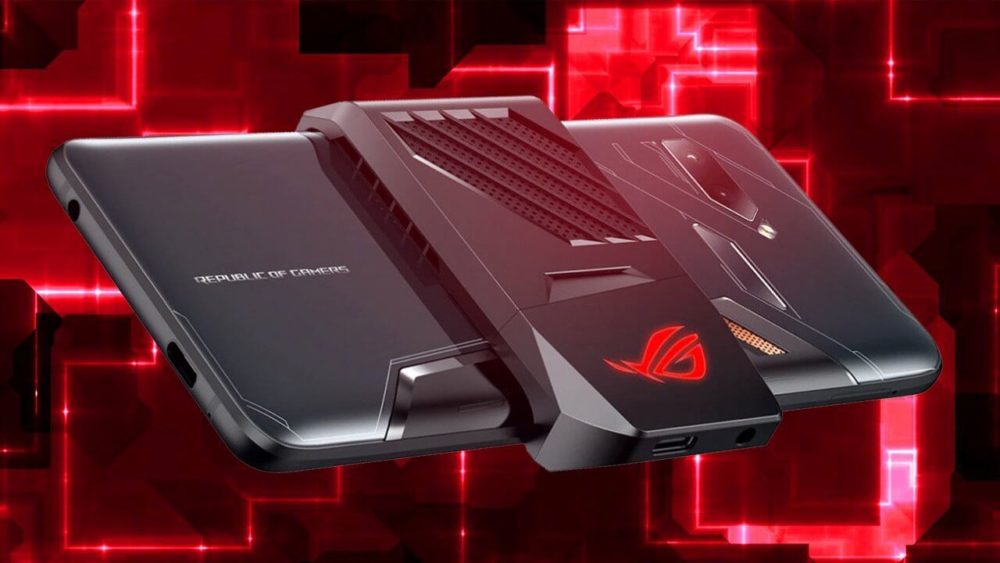Google introduced Android M at the Google I/O Conference in San Francisco. The first version of the developer preview for Android M has been already released by Google for Nexus 5, 6, and 9. The Company has stated that there will be two more developer preview updates of Android M before its final release.
The Senior Vice President of Products at Google, Sundar Pichai said that the company has gone back to the basics with the new Android M. It is aimed to bring some stability and usability improvements which may not look eye-catching but will surely be meaningful improvements for the long term.

Let’s have a look at interesting new features that Android M is bringing with it:
App Permissions:
As per previous reports, the App Permissions feature has been revised and simplified in Android M. Now apps will ask for permissions to use certain functions (such as Camera, Location, Microphone, Contacts, SMS, Sensor) when a user tries to use the function for the first time in that app, instead of asking for permissions while installing the app.

For an example if a user wants to send a voice message in WhatsApp, the App Permissions tab will pop up asking the user for permission to use the microphone. The user can grant or revoke the permission. The user can modify the permissions given to the app later in settings option. App permissions are streamlined and changeable in Android M.
Web Experience:
With the new unification of Chrome and OS, Google has been trying out a way in which the web content is utilized to provide a better user-experience when the user interacts with apps and websites.
“Chrome Custom Tabs is a new feature that gives developers a way to harness all of Chrome’s capabilities, while still keeping control of the look and feel of the experience,” said Dave Burke, the vice president of engineering at Google.
Chrome Custom Tabs will permit apps to open Customized chrome windows on top of the app instead of launching the app separately. This will make the user experience faster and immediate when navigating between apps and the internet.

Chrome Custom Tabs feature comes with automatic sign-in, saved passwords, multi-process security and autofill to help the co-ordination of the app and web experience. For e.g. a Facebook custom tab will have a Facebook share button embedded in it, can include custom overflow menu options, the Facebook developers do not need to build their own web browser for this. The browsing experience can be modified with custom controls by the developers.
Fingerprint Support:
Google will “standardize support” for fingerprint scanners on devices running with Android M OS. The new feature will let users use their fingerprints not only to unlock phones, but to make purchases shopping in stores, make purchases in Play Store and within Android apps. It will provide a safe, secure and faster way to make payments and perform transactions.

You need a phone which has a hardware fingerprint scanner, to make use of this new feature. Google will release all their smartphones with a fingerprint scanner in future.
Android Pay Mobile Payments:
Android Pay is Google’s response to Apple pay. It is a service which will provide users a safe and secure way to pay using their Android phones. It will allow users to pay using a credit card or debit card. Android Pay uses NFC and Card Emulation to perform a transaction. Google has made a tie up with most of the payments services in US namely MasterCard, American Express, Visa etc. It is said to be accepted in 70,000 stores across US and will also be supported in more than 1000 Android apps. The service requires NFC and Android OS KitKat 4.4 or above to work.

App Links:
“When a user selects a weblink from somewhere, Android doesn’t know whether to show it in a web-browser, or some other app that claims support for the link,” said Dave Burke, this was the problem Google developers were facing before Android M.
We all are known to the “Open with” pop up which appears when a user tries to open a link within an Android app. App links have been changed in Android M, so that it has a greater realization of which apps can open content directly, rather than stopping the users every time with a dialog box.
If you click on a Twitter link in your email, the Twitter app will open directly instead of asking you want to use Twitter or Chrome to view it.
Charging And Power Sharing:
Android M will support USB Type-C which will provide rapid charging and will also allow users charge any other device (with Type-C USB) using their own phone.

Android M will come with an amazing power saving feature called Doze, which is set to manage the background processes of the system and improve the standby time of the device, which will be done by using motion detectors to recognize whether the device has been used for a while or no, for e.g. when the user is doing any other work or is sleeping. Doze will provide 2 times longer standby time. Android M will also come with an App Standby feature.
More on Page 2





